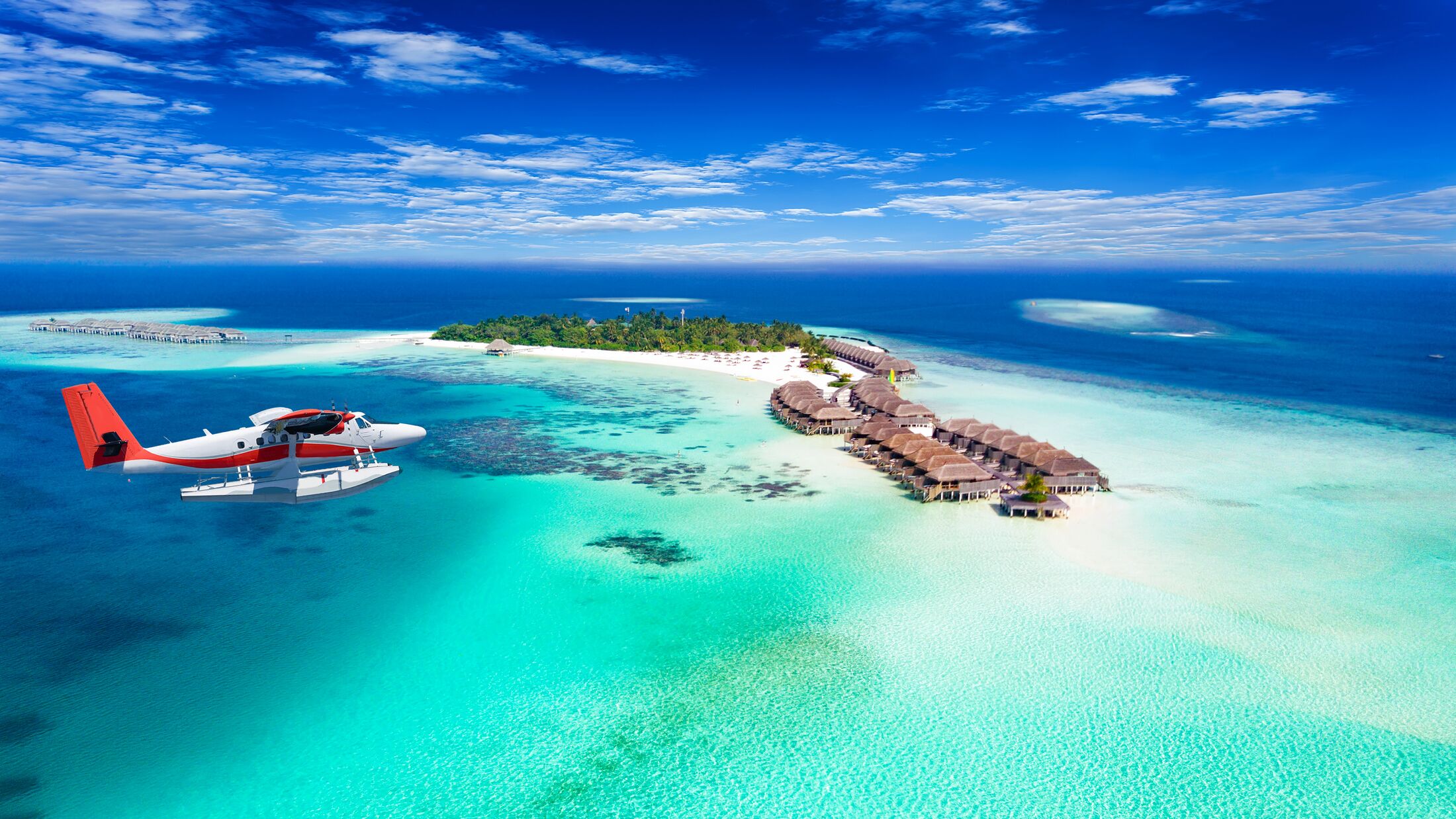
Who Is Virat Kohli? And His Cricket Journey
Virat Kohli is widely recognised as one of the famous cricketers in the world. Born on November 5, 1988, in India, he transformed his childhood passion for cricket into an extraordinary career on the global stage. His leadership and great drive have inspired countless aspiring cricketers. From his early days in domestic cricket to becoming a stalwart of the Indian national team, Kohli’s journey reflects utmost resilience. Stick with us to get the most out of this crucial article! Insights Into Kohli’s Early Life Virat Kohli was born in Delhi in a Punjabi family. His dad, Prem Kohli, was a lawyer, and his mom, Saroj Kohli, was a housewife. Virat loved sports, particularly cricket a lot even as a little boy. His dad saw how much he liked the game and signed him up at the West Delhi Cricket Academy when he was 9 years old. Virat worked very hard every day and practised a lot. Even though there were many other young athletes who were good at cricket, he quickly became one of the best players due to his unique skills. In 2006, he played for Delhi’s Under-19 cricket team. Two years later, in 2008, he finally became the captain of the Indian Under-19 team. Not only this, but he also won the ICC Under-19 Cricket World Cup in Malaysia in the same year. This win made him famous in the sports field, and he began his journey to international cricket then. Entry Into International Cricket Kohli made his ODI (One Day International) debut for India against Sri Lanka in August 2008. Though he had a modern start, his hunger to succeed and his strong ability to handle pressure soon became evident. Kohli has an aggressive mindset, which allowed him to adapt quickly to international cricket. His significant breakthrough came during the 2011 ICC World Cup. This is where he played crucial innings and contributed to the triumphant campaign of India. Following this, Virat Kohli’s performances in both ODIs and test cricket started to define him as a modern cricketing powerhouse. He is also called ‘Chase Master’ due to his ability to chase ODI’s targets. Rise to Captaincy Virat Kohli began his leadership at the start of 2014, when he took over the captainship of the Indian Test team after MS Dhoni retired from the post. Among the major achievements during his tenure was the historic victory of India in the Test series in Australia in 2018-19. The leadership of Kohli was characterised by aggressive tactics, strict fitness levels, and emphasis on discipline within the team, which received a wide-ranging respect among colleagues and experts. On top of that, he also became the full-time captain of India in the limited-overs version in 2017, where he led the team to many wins in ODIs and T20s. The aggressive, passionate, and tactical nature of his leadership style not only gave India a strong global position in the world of cricket but also made a new generation of players in the country, leading it to a greater level of success. Records and Achievements Cricket records of Virat Kohli speak volumes about his impact on the game. He is now in the category of the fastest batsmen to score 8,000, 9,000, 10,000, and 12,000 runs in ODIs. Not only this, but Kohli has also amassed over 8,000 runs in Test Cricket, which includes multiple double centuries. He has earned so many rewards, like the prestigious Sir Garfield Sobers Trophy for ICC Cricketer of the Year multiple times. This was the biggest achievement for Kohli. Final Statement Virat Kohli’s journey from a little boy to a cricketing icon is a story of relentless hard work, perseverance, and passion. With his exceptional talent and inspirational leadership, he has not only left a great mark on Indian cricket but has also made him the greatest cricketers of all time.









